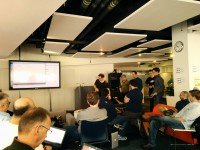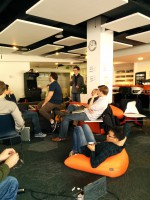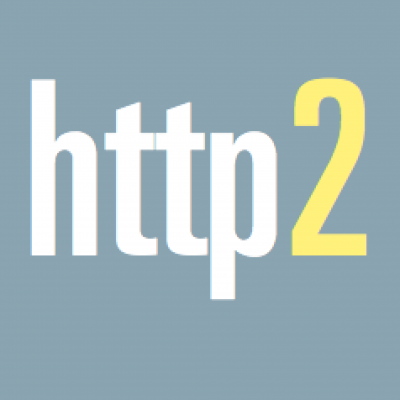HTTP/2 is the new protocol for the web, as I trust everyone reading my blog are fully aware of by now. (If you’re not, read http2 explained.)
Today RFC 7540 was published, the final outcome of the years of work put into this by the tireless heroes in the HTTPbis working group of the IETF. Closely related to the main RFC is the one detailing HPACK, which is the header compression algorithm used by HTTP/2 and that is now known as RFC 7541.
The IETF part of this journey started pretty much with Mike Belshe’s posting of draft-mbelshe-httpbis-spdy-00 in February 2012. Google’s SPDY effort had been going on for a while and when it was taken to the httpbis working group in IETF, where a few different proposals on how to kick off the HTTP/2 work were debated.
 The first “httpbis’ified” version of that document (draft-ietf-httpbis-http2-00) was then published on November 28 2012 and the standardization work began for real. HTTP/2 was of course discussed a lot on the mailing list since the start, on the IETF meetings but also in interim meetings around the world.
The first “httpbis’ified” version of that document (draft-ietf-httpbis-http2-00) was then published on November 28 2012 and the standardization work began for real. HTTP/2 was of course discussed a lot on the mailing list since the start, on the IETF meetings but also in interim meetings around the world.
In Zurich, in January 2014 there was one that I only attended remotely. We had the design team meeting in London immediately after IETF89 (March 2014) in the Mozilla offices just next to Piccadilly Circus (where I took the photos that are shown in this posting). We had our final in-person meetup with the HTTP team at Google’s offices in NYC in June 2014 where we ironed out most of the remaining issues.
In between those two last meetings I published my first version of http2 explained. My attempt at a lengthy and very detailed description of HTTP/2, including describing problems with HTTP/1.1 and motivations for HTTP/2. I’ve since published eleven updates.
 The last draft update of HTTP/2 that contained actual changes of the binary format was draft-14, published in July 2014. After that, the updates were in the language and clarifications on what to do when. There are some functional changes (added in -16 I believe) for like when which sort of frames are accepted that changes what a state machine should do, but it doesn’t change how the protocol looks on the wire.
The last draft update of HTTP/2 that contained actual changes of the binary format was draft-14, published in July 2014. After that, the updates were in the language and clarifications on what to do when. There are some functional changes (added in -16 I believe) for like when which sort of frames are accepted that changes what a state machine should do, but it doesn’t change how the protocol looks on the wire.
RFC 7540 was published on May 15th, 2015
I’ve truly enjoyed having had the chance to be a part of this. There are a bunch of good people who made this happen and while I am most certainly forgetting key persons, some of the peeps that have truly stood out are: Mark, Julian, Roberto, Roy, Will, Tatsuhiro, Patrick, Martin, Mike, Nicolas, Mike, Jeff, Hasan, Herve and Willy.


Do you have an opinion on QUIC? Ugly hack / won’t touch it or logical next step / great that something is happening in this space? I find it odd that nobody seem to mention it.
@Anders: QUIC is a really interesting experiment that may very well lead to a new take at transports in the future. It is however currently hampered by there only being a single implementation (for both ends), the spec is vague and changing and the only source code we have is (my opinion) messy C++.
I would like to see much more (detailed) performance numbers from Google on how it performs in various conditions.
I’m following the quic list and I’ve fooled around with libquic. When they take it toward a standard or just to make it more stable, I’ll be interested to join the experiment.
Thanks. You’re right, google has been rather quiet about it, so maybe that explains it.